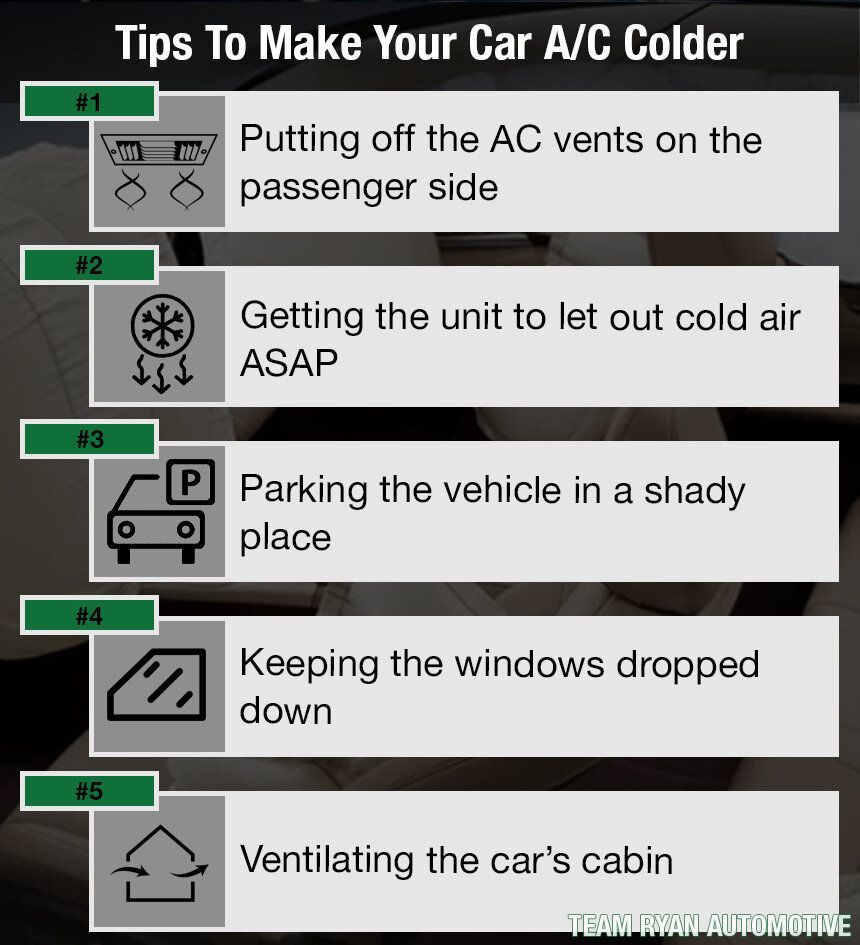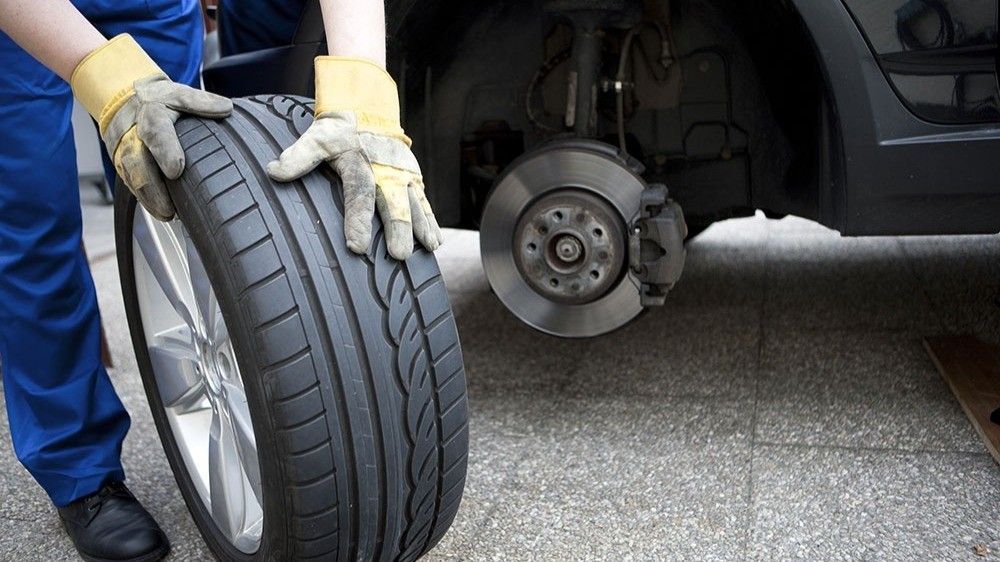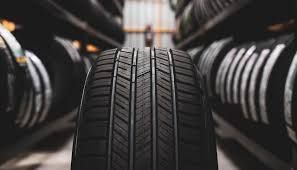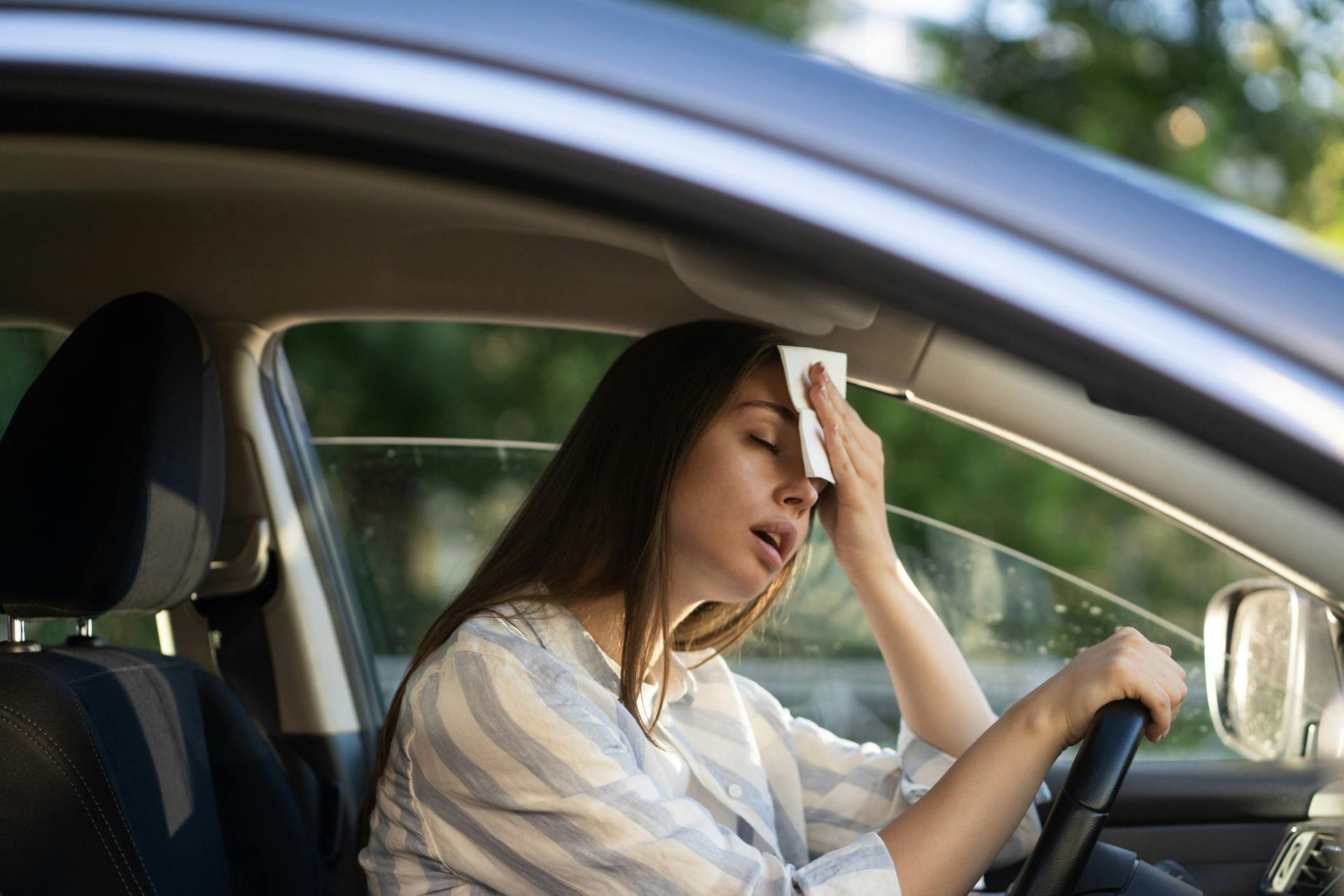Why Your Car A/C Is Not Cold Enough?

Imagine driving in the hot summer, and then you suddenly realize that your car’s air conditioner isn’t as cold as it should be.
There’s no need to spiral into confusion because there are possible reasons for such an issue. Thankfully, we’ve given them in this guide. You will also learn how to fix the problem, as well as ways to enhance the performance of their ACs.
Read on to find out how you can make the unit colder to the point of giving you goosebumps!
Understanding Your Vehicle’s AC System
It’s important to understand your air conditioning system, especially if you want to discover issues related to it. Use the information below to start with the basics.
What Are the Components Inside?
- Accumulator (receiver-drier)
- AC-in-line filter
- Compressor
- Condenser
- Evaporator
- Expansion valve/orifice tube
- Refrigerant
How Does It Work?
Keep in mind that the air conditioner won’t be able to “condition” the cabin air without the refrigerant (e.g., R1234yf and R134a). It’s an essential chemical compound that’s necessary for the entire repetitive process.
A serpentine belt supplies the compressor with the power needed to compress the refrigerant. In turn, the refrigerant gets liquefied, causing pressure to build up and force the liquid out of the compressor.
The liquid goes to the condenser via the hose assembly to get its temperature reduced. This is the high-pressure part of the system where heat is absorbed from the liquid before it arrives at the AC-in-line filter. Contaminants are eliminated at the AC-in-line filter, of course.
With the refrigerant now in a cooled state, it proceeds to the low-pressure part of the system via the orifice tube or expansion valve (based on the system type).
The evaporator core receives the refrigerant in a gaseous form, making the absorption of heat from the air coming through the evaporator fins possible. Cool air will fill your cabin, while the warm refrigerant will return to the compressor. The process repeats itself again and again.
Common Reasons why Your Car AC Is Not Cold Enough
We’ve given the top “whys” for a low-performing air conditioning system in this section. They’ve been explained with solutions suggested.

- Low Charge - Is the air conditioner not cold enough? It could most likely be because of a low charge (little refrigerant left). This can cause the P0531, P0533 and P0534 diagnostic trouble codes, which can be shown by a car code reader. What we can do to fix this problem is by recharging the AC with refrigerant, of course. In this situation, to avoid dangers while refilling your car AC, it’s advisable for you to call your ASE certified mechanics at Team Ryan Automotive for at 678.765.7926 or
schedule online. We’ll help you recharge your car AC properly and safely.
- Refrigerant Leak - It’s a possibility that the AC’s refrigerant could be leaking when you’re feeling hot/warm air. A leaking refrigerant would mean that there would be low pressure in the system leading to the inability of the compressor to cycle efficiently.
Target the hose connections to know exactly where the leakage is happening. Be alert for any greasy spot that looks accumulated. Seal the area if you see any spot that fits such a description. We advise that you use a sealant that’s recommended for the AC units of cars.
You may not be able to fix this problem even if you use the right sealant. A defective mechanical component may be the challenge in such a case. In the case of a big leak, clear out all the refrigerant from the system and then perform a refill. - Stuck Blend Air Door - The third possible reason on our list is a stuck blend air door. Warm air is supposed to be restricted from getting into your car when you put on the AC after heating the vehicle. That’s the job of the blend air door. It swings across the ventilation system to perform this function and enable the cold air coming from the AC to flow into the cabin.
A simple case as a stuck blend air door can render the high performance of your air conditioning useless. Fixing this component of your car requires great expertise because it’s hard to reach its location. The best step would be to schedule an appointment with Team Ryan Automotive for professional help. - AC Compressor Failure - As we stated earlier, a serpentine belt supplies the compressor with the power needed to compress the refrigerant. Now imagine if the compressor became defective. That means the refrigerant can’t be compressed, and the AC system won’t perform at its very best.
The cause of a failed compressor could be an electrical defect (e.g., in the clutch or circuit) or a leaking refrigerant. Ensure that you contact a professional to ascertain what the problem is and make repairs. A compressor can become faulty if it doesn’t work after a long time, so address the situation as fast as possible. - Problems with AC Condenser - The AC condenser may be blocked or damaged. Its fan motors may also be faulty. See what each situation entails below.
- Blocked - The condenser is a vital part of your car’s air conditioning system. It works as an evaporator, apart from its primary role, which was described earlier. The air flowing from the front as you drive helps the condenser to perform its functions. That air would surely have dust and debris that would accumulate to cause blockages.
A blockage would make the refrigerant overheat, leading to the inflow of hot air in the cabin. You’ll have to fix this by clearing the clog.
- Damaged - Debris or dirt can damage your condenser, apart from causing blockages. This can cause a full breakdown of the unit. What you can do to be certain is to check the front of the condenser for damage. Repair the unit to get the AC to start functioning well again.
- AC Condenser Fan Failure - You might have to repair the car’s fan motors if they’re faulty because they can be the cause of insufficient cooling. This problem can easily be detected by a simple inspection of the related components. It could have been caused by accumulated dirt and/or dust or electrical issues in the system (e.g., blown fuse).
The condenser needs the fans to function properly to receive enough cooling. If not, you’ll start getting hot air in the cabin instead of a nice cold atmosphere.
Repair the condenser to resolve the issue. It’s advisable to contact Team Ryan Automotive if you’re not experienced in this aspect of AC repair.
- Motor Fan Damage - Just as the accumulation of debris can damage the condenser, it can also do the same to the motor fan. This causes the blockage of cool air going to the condenser leading to the reception of warm air in the cabin.
- Cabin Filter Damage - The cabin filter is important for separating dust particles or debris rushing through the front end as you drive. When it’s faulty, there’ll be inadequate filtration leading to accumulated contaminants that could cause condenser or motor fan damage.
Can You Make Your Car AC Colder?
Yes, you can—and it’s easy too! See how below.

- Putting off the AC Vents on the Passenger Side You’ll be able to get more airflow to the AC vents on the driver side when you do this. It would be OK to do so when you’re the only one in the car.
- Getting your A/C to let out Cold Air ASAP
The steps below should do the trick. - Start the car.
- Set the blower fan to full speed.
- Put the AC on.
- Roll down the windows for 2 minutes.
- Switch to "recirculate" mode.
- Parking the Vehicle in a Shady Place This is a great way to keep the vehicle cool during warmer seasons. Doing this will protect your car from the heat of the sun, and you won’t need to wait for it to cool down before entry.
- Keeping the Windows Dropped Down Do this if it’s difficult to find a shady parking place. The windows can be open to let out hot/warm air and allow fresh air to enter.
- Ventilating the Car’s Cabin You can try this when all else fails. The following techniques should help:
• Opening the sunroof (if your car has one).
• Rolling down the rear windows.
• Passenger side & drivers side doors down to fan the hot/warm air
Conclusion
Ensure that you carefully follow the tips in this guide to avoid making costly mistakes while repairing the AC. Take preventive measures and always perform regular checks on the system. Contact Team Ryan Automotive for professional help if you’re unsure about any area. Our ASE certified mechanics are dedicated to taking care of your A/C and making sure that it’s in the best working condition. Schedule an appointment today with us at 678.765.7926 or via this contact form.
Now you can chill in your car with an even better performing AC than before. It would be sheer fun to try hitting those goosebumps temperatures after a successful fix.
Guest Author: Tim Miller
I’m Tim Miller, an auto mechanic and the Editor-in-chief at obdadvisor.com. I love writing to share my experiences and expertise. Many articles about car repair, car parts and tools reviews can be found on my website. Get connected with me on Facebook, Twitter and Linkedin.











